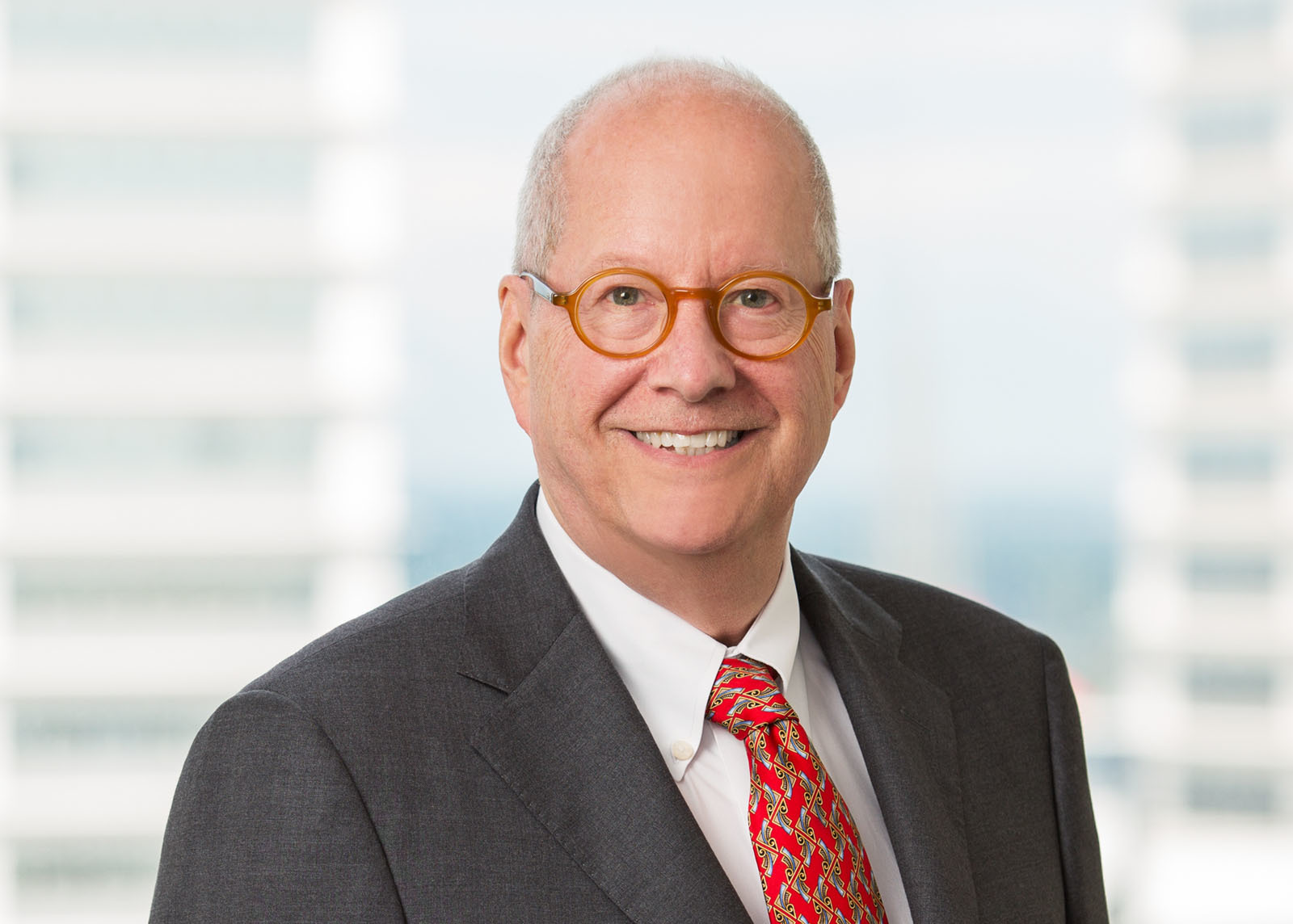The Universal Life Time Bomb
Most people are familiar with life insurance as a means of protecting family and loved ones against a bread winner’s untimely demise. Life insurance is increasingly used as part of a key employee compensation and benefit package, to provide liquidity for estate taxes and to fund buy/sell agreements between business owners and partners. The perennial question is whether to buy term or whole life.
Term life premiums are substantially cheaper than whole life because the premiums cover only the mortality risk and do not provide any lasting investment or cash value. Term life is therefore not an asset, but merely an indemnity contract that pays in the event of death. Another drawback to term insurance is that although cheaper, it has a time limit after which the policy lapses, or requires a higher premium to be continued.
Whole life, on the other hand, adds an investment component to the death coverage, which provides for the accumulation of cash value within the policy. The cash value can be borrowed against during the policy period, or used as a source of retirement income in retirement. A permanent life policy is permanent in the sense that it never lapses as long as the stated premiums are paid, and ultimately becomes “paid up” after a designated period of time, following which no further premiums are required. Because of the accumulation of cash value, a permanent life policy can become a valuable asset to the owner of the policy.
Some time ago, “universal” life came into vogue as a way to bridge the cost and investment chasm between term life and whole life. The idea behind universal life was to permit the policy holder to pay a less expensive premium and have the amount of insurance that premium would purchase vary depending on the performance of investments behind the contract or, in the alternative, to have a more flexible premium requirement which is compensated for by a varying amount of insurance available depending on the amount of premiums actually paid. Universal life policies became attractive because their term could be longer than ordinary term policies, and perhaps even be indefinite if the premium payments kept pace with market conditions. Universal life emerged at a time when interest rates and stock market returns were significantly higher than has been experienced in the last ten or even fifteen years. Indeed, many of these policies were sold on the basis of return projections that would look extreme in today’s economic environment.
A recent article in the November 16th edition of the Wall Street Journal sent to me by Jonathan Henderson of the Capital Financial Group ([email protected])1 points out that many of these policies put in place years ago and essentially forgotten, are in danger of “blowing up.” Due to the extended period of low interest rates and market returns, the insurance provided by these policies has been dramatically eroded, if not exhausted and policy holders may be surprised to find that to extend coverage may be prohibitive compared to the original premium. People who acquired such policies should revisit them and get updated information from the insurer before these policies become hopelessly underwater. Many of these policies can be salvaged by converting whatever cash value remains in the policies to a more traditional form of whole life or even paid up.
____________________
1Jonathan Henderson, Capital Financial Group, Henderson, Jonathan, 8 Cadillac Drive, Suite 150, Brentwood, TN 37027, tel: 615-309-6300 cell; [email protected]
Contact

Before sending, please note:
Information on www.stites.com is for general use and is not legal advice. The mailing of this email is not intended to create, and receipt of it does not constitute, an attorney-client relationship. Anything that you send to anyone at our Firm will not be confidential or privileged unless we have agreed to represent you. If you send this email, you confirm that you have read and understand this notice.
Related Capabilities